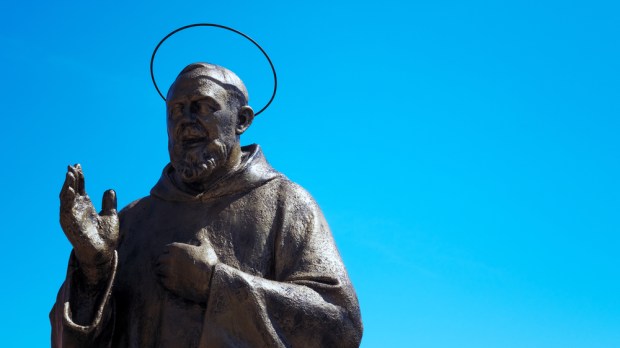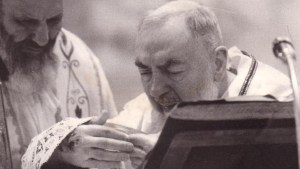While Padre Pio was clearly a saint during his life on earth, it doesn’t mean he didn’t struggle with his own weaknesses.
In particular, it was difficult for Padre Pio to stay calm and collected in the confessional.
In Padre Pio: The True Story, the author explains how the saintly friar would lose his temper and how he regretted it.
In June 1920, he had written to Padre Benedetto: “My only regret is that, involuntarily and unwittingly, I sometimes raise my voice when correcting people. I realize that this is a shameful weakness, but how can I prevent it, if it happens without my being aware of it? Although I pray and groan and complain to Our Lord about it, he has not yet heard me fully. Moreover, in spite of all my watchfulness, I sometimes do what I really detest and want to avoid.”
One reason Padre Pio would get angry in the confessional was encountering a penitent who was not truly sorry for their sins.
On another occasion, Padre Pio blamed his “fits of temper” in the confessional on overwork and the sight of so many hardened and unrepentant sinners. He thought, at least at times, however, that his own anger might have been a reflection of God’s indignation.
He would also deny absolution to many of these penitents, asking them to come back when they were ready.
A majority of these penitents would return to the confessional, recognizing the weight of their sins and professing true repentance.
Each saint had their own struggles and weaknesses and for Padre Pio, one of those struggles was his “fits of temper” in the confessional.



